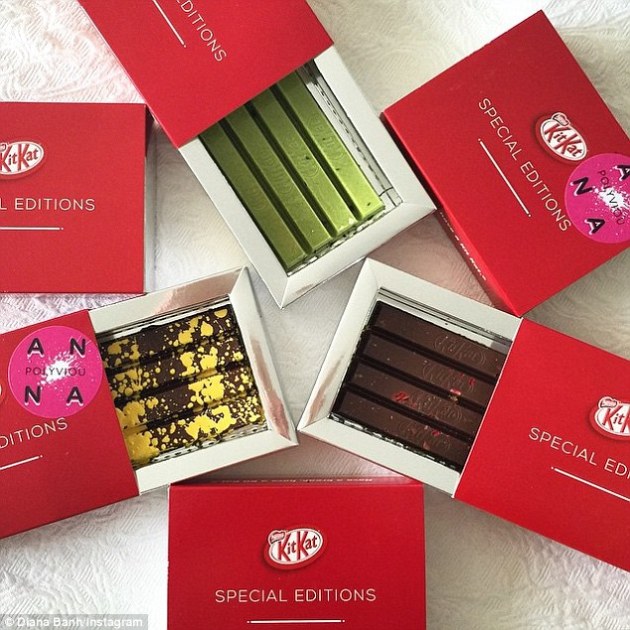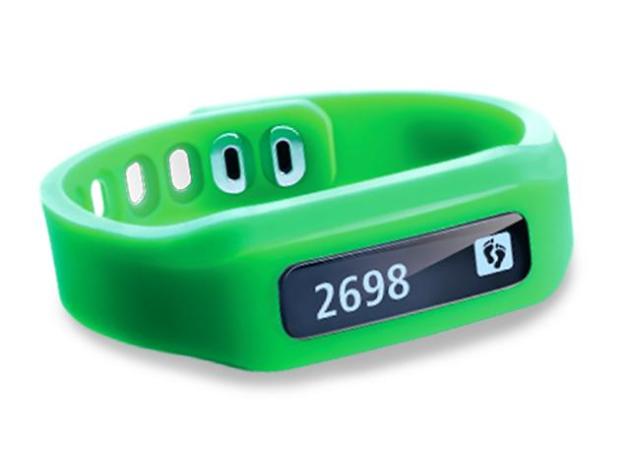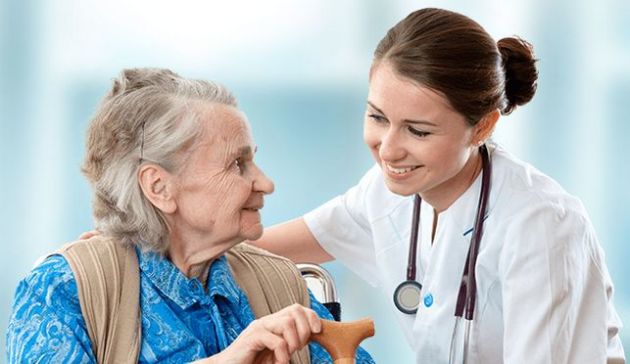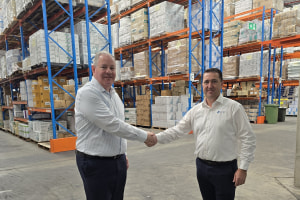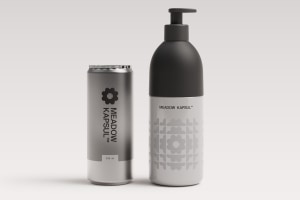A big part of Nina Cleeve-Edwards' job is to ask how the global food giant Nestle can do things differently.
She's the manager of Nestle Australia's Innovation Acceleration Team in the Oceania region, and knows full well that a product launch is no longer just a product launch.
“It's no longer so easy to say 'we're launching Nescafe in this sexy new packaging',” she said in her presentation at the Food & Drink Business + PKN Breaking Boundaries LIVE forum last week.
“We're now releasing products and something else, whether it's products and an online platform, or products which combine with augmented reality which enables consumers to interact with it in a certain way.”
Three examples coming out of Nestle's innovation team are the launch of the pop-up Kit Kat Studio; a Milo-branded wearable activity tracker; and an online health services platform under the Nestle Health Science umbrella.
Cleeve-Edwards shared these success stories.
1. Kit Kat goes viral
Starting as a pop-up store in Sydney last year before branching into Melbourne, the Kit Kat Studio tapped into the personalisation trend by allowing consumers to create their own Kit Kat – which was then made by chocolatiers. Their creations housed in premium packaging were digitally shared, and this mass sharing was a huge reason for the campaign's success.
“User-generated content fuelled word-of-mouth, which drove awareness with no paid media needed,” Cleeve-Edwards said.
“Consumers were highly engaged in the personalisation aspect and they liked the premium ingredients they could use to achieve that.
“There was a real sense of exclusivity, and this drove ongoing interest.”
2. Milo gets tech-savvy
Milo's image as a heritage brand consumed by active, sporty Aussie kids was updated with the launch of a new health and activity tracker this year.
“Mums are concerned their kids aren't active enough, and millennials are tracking their activity more through wearable technology, so we addressed these trends through the tracker,” she said.
“Our pilot launch helped us to iron out some issues, and we trained staff to prepare for the questions consumers would ask about the technology.”
Milo cans also now include an augmented reality element which allows consumers to interact with the brand more fully.
3. Online help for health professionals
Nestle Health Science also created an online platform which connects health care institutions – or hospitals – with health professionals and patients.
This platform allows these three different users access different plans for the patient, and helps bring awareness of Nestle's nutritional products.
Cleeve-Edwards said the launches were not 'perfect' and required the team to learn a whole new range of skills.
“Being forgiving of mistakes was important in the process, and we tried to encourage a 'have-a-go' mentality,” she said.
“But we're glad to say a quite traditional, conservative company was able to be nimble, experimental, and learn on-the-go to create products with the 'and' element which makes them truly valuable to consumers."




